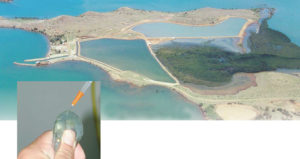
Genetic improvement of Pacific blue shrimp addresses Syndrome 93 in New Caledonia
Caused by the bacteria Vibrio penaeicida, Syndrome 93 is triggered by temperature drops during the passage of cold fronts in winter.
Since 2002, the majority of Thai shrimp farmers have had problems with retarded growth when rearing black tiger shrimp (Penaeus monodon).

Caused by the bacteria Vibrio penaeicida, Syndrome 93 is triggered by temperature drops during the passage of cold fronts in winter.
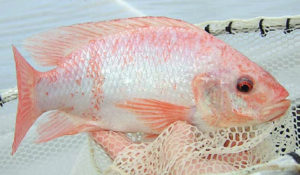
Early postmetamorphic stages of fish feed mainly on zooplankton. As larvae develop, their dietary requirements change and they adopt adult dietary habits.
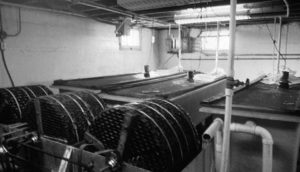
High-density RAS polyculture of channel catfish and tilapia in tanks or raceways has several advantages over traditional pond culture.
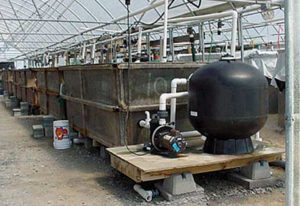
A nursery phase is a significant management strategy for many shrimp farmers in tropical regions and is becoming standard practice in subtropical regions.
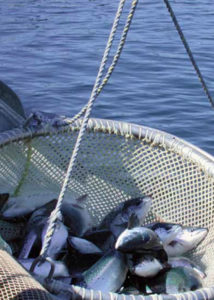
Infectious salmon anemia (ISA) is an infectious disease that caused extensive morbidity and mortality on infected farms in Maine and New Brunswick.
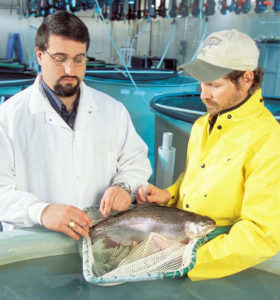
Advances in aquaculture research include the integration of genomics – the study of genes and their functions – into projects pursuing increased production efficiency.
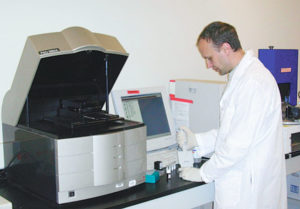
The aquaculture industry has developed management strategies to strengthen shrimp disease resistance, like diagnostic systems and biosecurity.
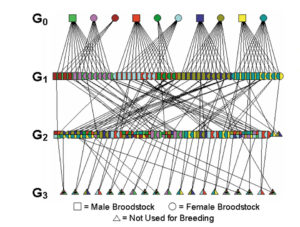
Inbreeding depression, the loss of vigor among offspring when related individuals mate, can occur when intense selection is coupled with a narrow genetic base.
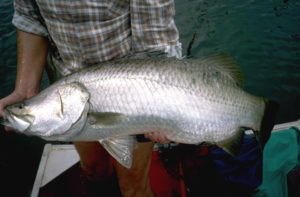
DNA microarray technology involves the individual spotting or printing by a robot of up to 10,000 DNA sequences onto a microscope glass slide.
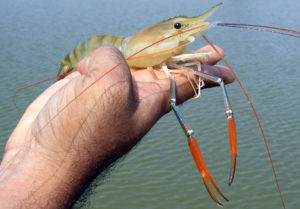
Shrimp culture in India has a long history. In the early 1990s, many corporate bodies invested in the Indian shrimp-farming sector and fueled explosive growth.
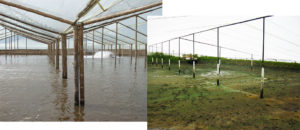
CENAIM’s greenhouse production trials were carried out at the commercial Pesglasa shrimp farm, located in the Taura region of Ecuador’s Guayas Province.
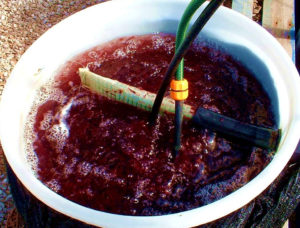
Most seaweed species that function as biofilters for finfish aquaculture have little market value, so produced biomass remains a byproduct of biofiltration.
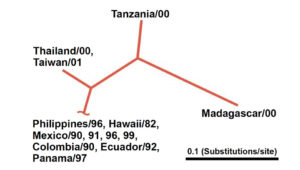
Infectious Hypodermal and Hematopoietic Necrosis Virus (IHHNV) has been detected in farmed shrimp stocks around the world.
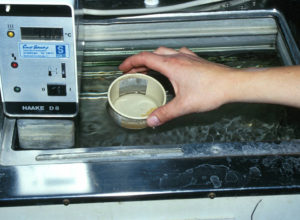
Sterilization by induced triploidy is an effective method to suppress natural reproduction and therefore its stunting effect in Nile tilapia grow-out ponds.
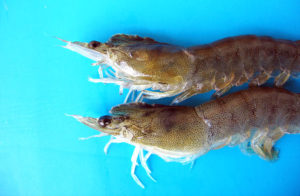
Infectious Hypodermal and Hematopoietic Necrosis Virus (IHHNV) reduces the growth and survival rates of Pacific white shrimp.